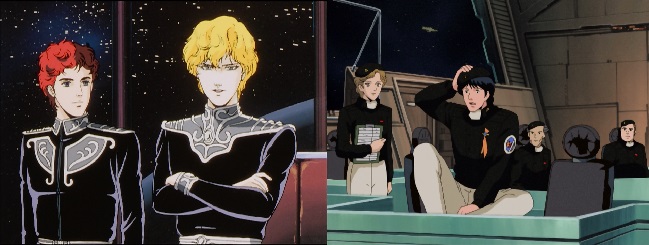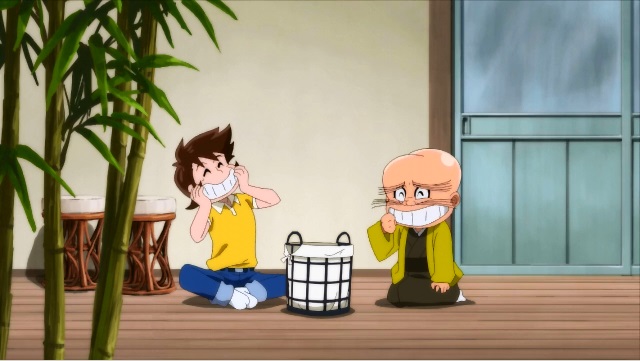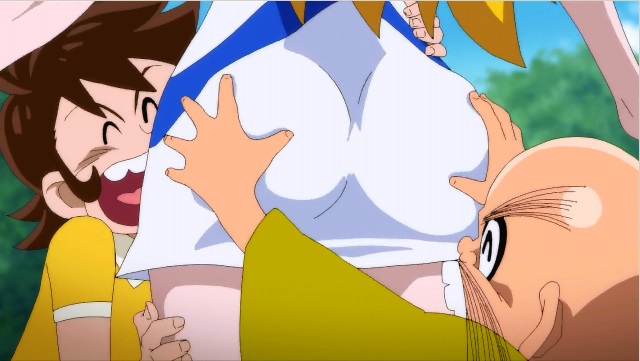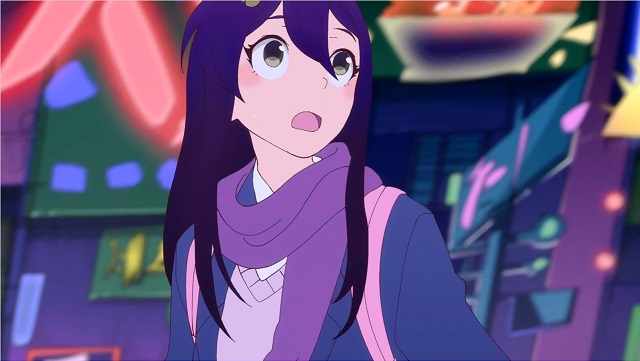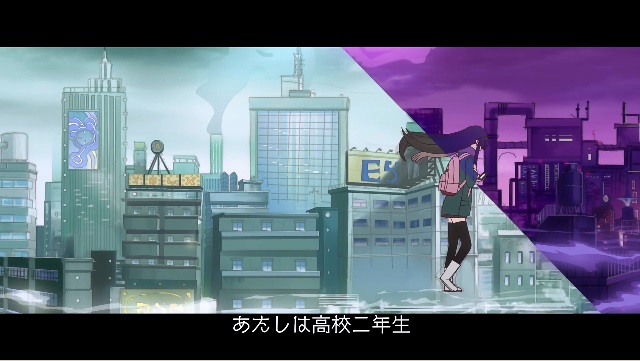When a children’s anime series is more kind and insightful than the whole of socalled “gender critical” Twitter put together:
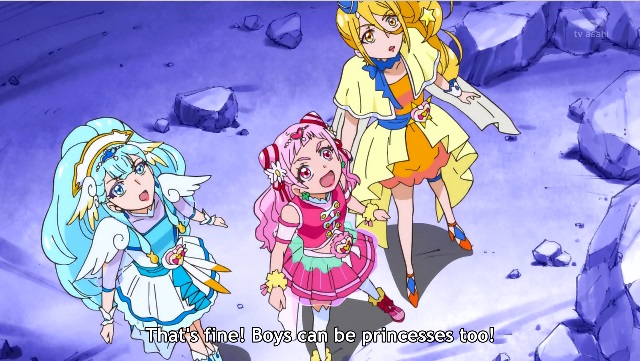
It all started with episode eight of Hugtto Precure, with the introduction of Wakamiya Henri, an ice skating friend of Kagayaki Homare who likes to wear dresses and who described himself as “both a refined Japanese lady and a Parisian”. Little fuzz was made about this, the real conflict that episode was about Henri wanting to take Homare back to figure skating full time. At the end of the episode he decided he would hang around alittle bit longer and transferred into the Precures’ school, but so far little more had been done with him. Until episode 19.
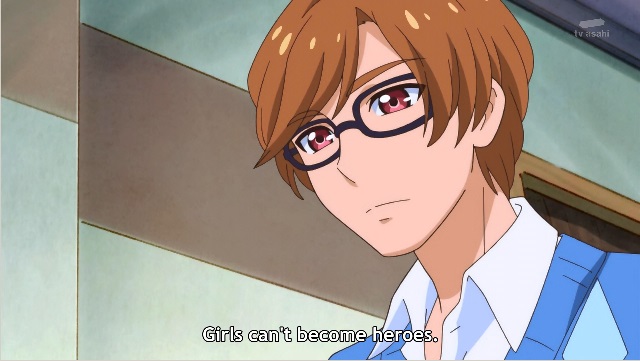
Episode 19 also sees the return of this asshole, the brother of Aisaki Emiru, the Precure fan who likes to hang around with Lulu. Last time we saw him, in episode 15, he was telling Emiru she couldn’t play the guitar. This time he’s telling her that girls cannot be heroes, as well as getting shook by seeing Henri wear a dress. Basically, he is the voice of conventionality in these two episodes and in both he’s quickly proven to be wrong. Girls can be heroes, boys can be princesses. Now of course Precure doesn’t use words like genderqueer or trans to talk about Henri, but just seeing a cool, handsome boy like Henri comfortable in his dress, unbothered by the censure of people like Emiru’s brother, in fact convincing them they’re wrong, is a great example for the young girls (and boys!) that are Precure’s primary audience. Such a contrast to the carrying ons of Graham Linehan, once best known as the writer behind Father Ted, currently best known as a transphobic asshole:
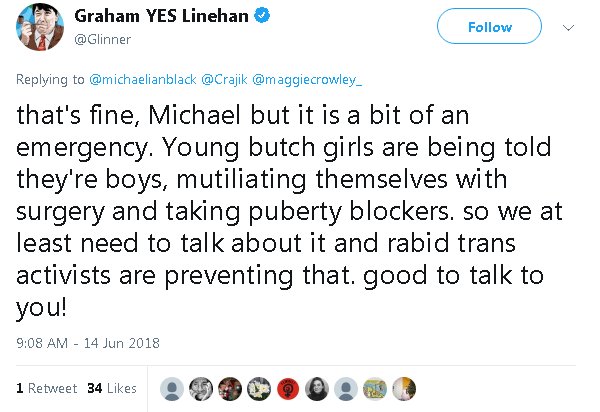
That’s him talking about trans men getting top surgery, as if there’s a cabal of trans people out there that takes innocent little butch girls and forces them to become men. Reality is of course that getting any help with physically transitioning is difficult enough for an adult and almost non-existent for those under eighteen. Note btw that his original example was of somebody in their mid twenties, hardly a child. How different this hysteria is from the calm acceptance of Precure. And no, people like Linehan may wring their hands about “unnecessary” surgery, but they don’t condone more “innocent” forms of genderplay either. Men or trans women dressing in female coded clothing: must be predators. Women or trans men dressing butch: must be brainwashed. Anything that doesn’t strictly adhere to a binary worldview where there are only men and women is suspect.

Case in point: this innocent tweet by UK Cancer Research, calling on everybody with a cervix to get themselves tested. Oh, that got the transphobes out in force. Starting with Labour (!) MP Anna “dumb dumb” Turley asking why have you used the term ‘everyone with a cervix’ in this tweet please? Because god forbid we pay attention to trans men or genderqueer people who may have a cervix but aren’t women. Better to use women and ignore that not all women, not even all cis women even have a cervix and need this test. Maybe you’ve already had cervical cancer and had to have it removed. But either these people don’t realise this or they don’t care, because keeping UK Cancer Research tweets ideologically pure is much more important.
So yeah, if you’re looking for understanding and acceptance, don’t look to media personalities like Linehan, look to an anime series aimed at young girls.
